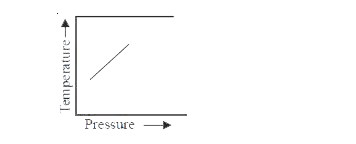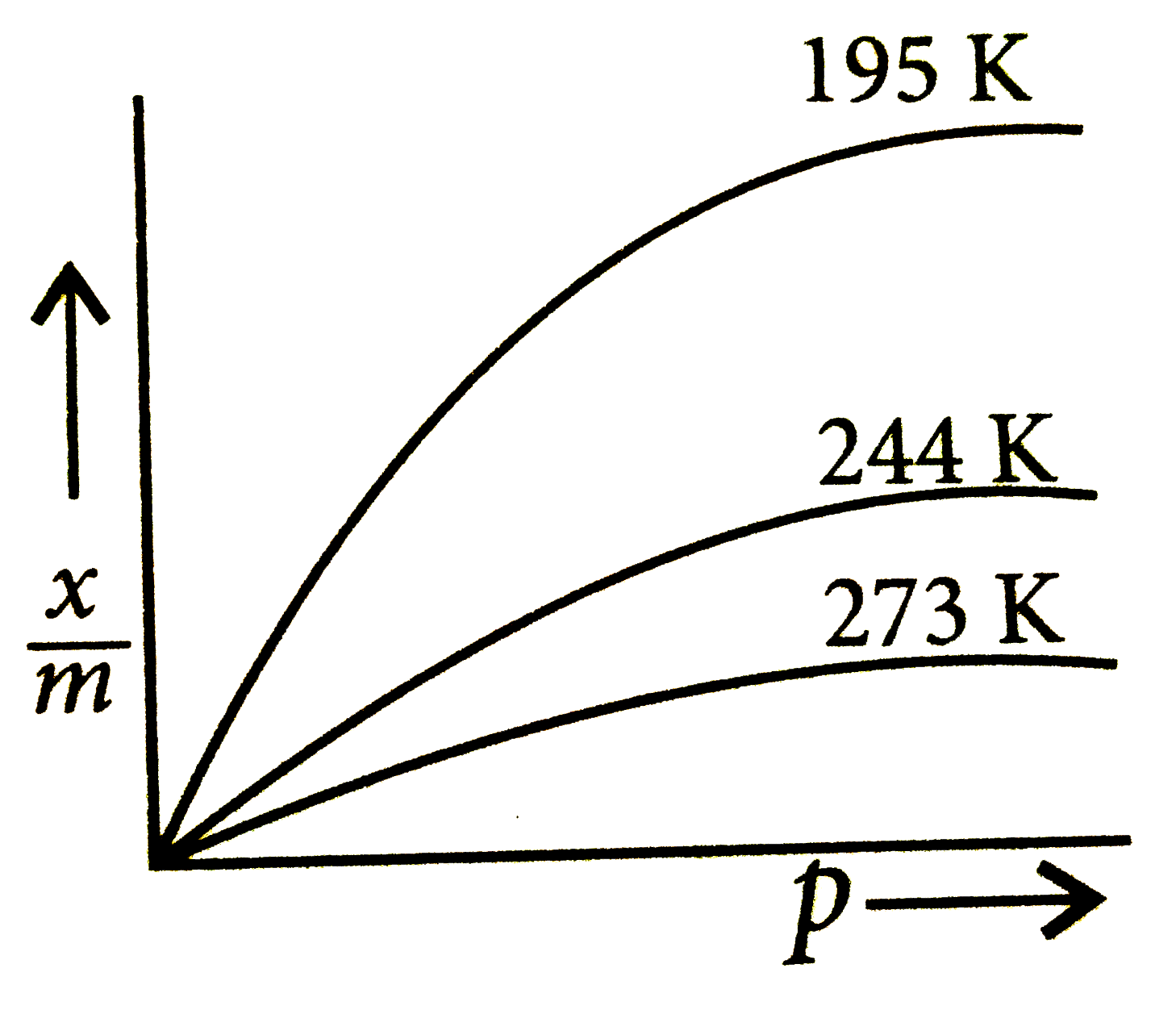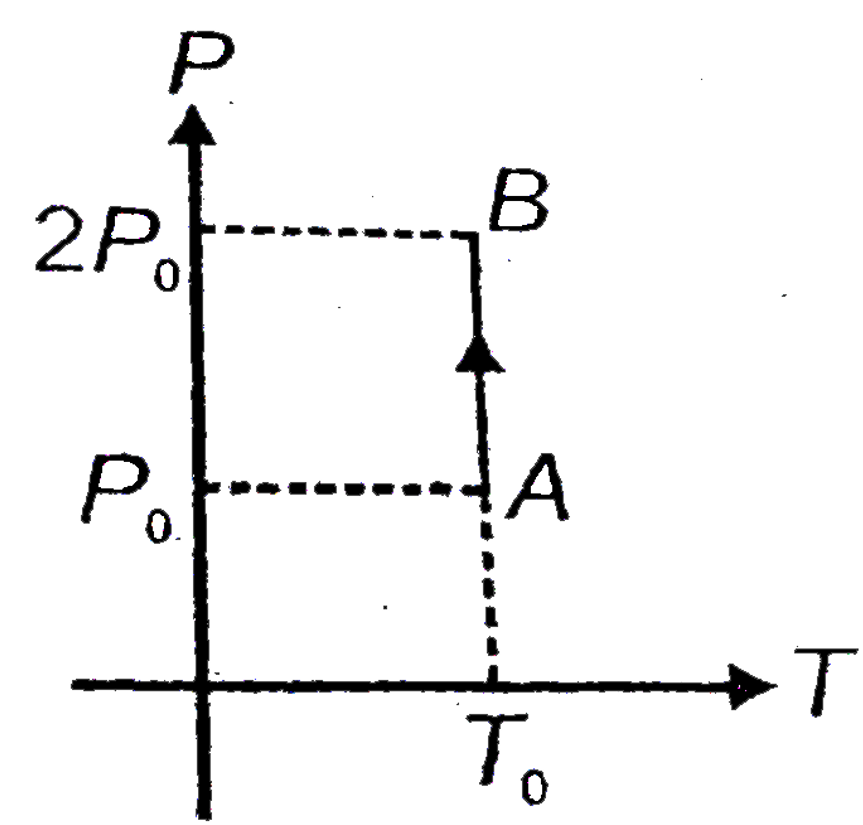Derive the variation of x/m versus temperature for physical adsorption process. Explain the nature of the curve.
To derive the variation of xm (extent of adsorption per unit mass of adsorbent) versus temperature for the physical adsorption process, we will consider the following steps:
Step 1: Understanding Physical Adsorption
Physical adsorption (physisorption) is a process where gas molecules adhere to a solid surface through weak van der Waals forces. The extent of adsorption depends on factors such as pressure, temperature, and the nature of the adsorbent and adsorbate.
Step 2: Adsorption Isotherm
The relationship between the amount of gas adsorbed (x) and the equilibrium pressure (P) at a constant temperature is described by adsorption isotherms. For physical adsorption, we can use the Freundlich or Langmuir isotherm models, but we will focus on the general behavior of adsorption with temperature.
Step 3: Effect of Temperature on Adsorption
1. Low Temperature: At low temperatures, the kinetic energy of gas molecules is low. This leads to increased adsorption as gas molecules are more likely to be captured by the adsorbent surface. Thus, xm increases with decreasing temperature.
2. High Temperature: As the temperature increases, the kinetic energy of gas molecules also increases. This can lead to desorption, where gas molecules gain enough energy to overcome the van der Waals forces holding them to the surface. Therefore, xm decreases with increasing temperature.
Step 4: Plotting the Curve
- At low temperatures, xm increases sharply as the temperature decreases.
- At moderate temperatures, xm reaches a maximum point.
- At high temperatures, xm decreases as desorption becomes significant.
The resulting curve is typically a bell-shaped curve, indicating that there is an optimal temperature range for maximum adsorption.
Step 5: Conclusion
The variation of xm versus temperature for physical adsorption shows that adsorption increases as temperature decreases, reaches a peak, and then decreases as temperature increases further. This behavior is characteristic of physical adsorption due to the balance between adsorption and desorption processes.
Nature of the Curve
The nature of the curve is such that:
- It rises steeply at low temperatures.
- It reaches a maximum at an intermediate temperature.
- It falls off at high temperatures due to increased desorption.
Physical adsorption (physisorption) is a process where gas molecules adhere to a solid surface through weak van der Waals forces. The extent of adsorption depends on factors such as pressure, temperature, and the nature of the adsorbent and adsorbate.
The relationship between the amount of gas adsorbed (x) and the equilibrium pressure (P) at a constant temperature is described by adsorption isotherms. For physical adsorption, we can use the Freundlich or Langmuir isotherm models, but we will focus on the general behavior of adsorption with temperature.
1. Low Temperature: At low temperatures, the kinetic energy of gas molecules is low. This leads to increased adsorption as gas molecules are more likely to be captured by the adsorbent surface. Thus, xm increases with decreasing temperature.
- At low temperatures, xm increases sharply as the temperature decreases.
- At moderate temperatures, xm reaches a maximum point.
- At high temperatures, xm decreases as desorption becomes significant.
The variation of xm versus temperature for physical adsorption shows that adsorption increases as temperature decreases, reaches a peak, and then decreases as temperature increases further. This behavior is characteristic of physical adsorption due to the balance between adsorption and desorption processes.
The nature of the curve is such that:
- It rises steeply at low temperatures.
- It reaches a maximum at an intermediate temperature.
- It falls off at high temperatures due to increased desorption.
Topper's Solved these Questions
- SURFACE CHEMISTRY BOOK - ICSECHAPTER - SURFACE CHEMISTRY EXERCISE - EXERCISE (PART-II ( DESCRIPTIVE QUESTIONS )) ( LONG ANSWER QUESTIONS)
41 Videos
- SURFACE CHEMISTRY BOOK - ICSECHAPTER - SURFACE CHEMISTRY EXERCISE - ISC EXAMINATION QUESTIONS
4 Videos
- SURFACE CHEMISTRY BOOK - ICSECHAPTER - SURFACE CHEMISTRY EXERCISE - EXERCISE (PART-II ( DESCRIPTIVE QUESTIONS )) (VERY SHORT ANSWER QUESTIONS)
31 Videos
- SPECIMEN QUESTION PAPERBOOK - ICSECHAPTER - SPECIMEN QUESTION PAPEREXERCISE - QUESTION
140 Videos
- THE SOLID STATEBOOK - ICSECHAPTER - THE SOLID STATEEXERCISE - MULTIPLE CHOICE QUESTIONS (Assertion-Reason based questions)
10 Videos
Similar Questions
Knowledge Check
Assertion : Physical adsorption increases with increase in temperature.
Reason : Physical adsorption is an endothermic process.AIf both assertion and reason are true and reason is the correct explanation of assertion.BIf both assertion and reason are true but reason is not the correct explanation of assertionCIf assertion is true but reason is falseDif both assertion and reason are false
The curve showing the variation of pressure with temperature for a given amount of adsoption is called

View SolutionFollowing is the variation of physical adsorption with temperature.
View SolutionPhysical adsorption is appeciable at…………….temperature,
View SolutionExplain the following observations.
a. Sun looks red at the time of sunset.
b. Rate of physical adsorption decreases with rise in temperature.
View SolutionObserve the given adsorption isotherm carefully and choose the correct option

(i) These curves indicates that at a fixed temperature, there is a decrease in physical adsorption with increase in pressure.
(ii) These curves always seem to approach saturation at high pressure.
xm=k⋅p1/n(n>1) is generally represented by this isotherm.
(iv) These curves indicate that at a fixed pressure, there is a decrease in physcial adsorption with increase in temperature .
View SolutionWhich one of the following statements is wrong?
a. Physical adsorption of gas directly related to its critical temperature.
b. Chemical adsorption decreases regularly as the temperature is increased.
c. Adsorption is an exothermic process.
d. A solid with a rough surface is a better adsorbent than the same solid with a smooth surface.
View SolutionWhich of the following represents correctly the variation of degree of adsorption against temperature for physical adsorption ?
View Solution

 .
.